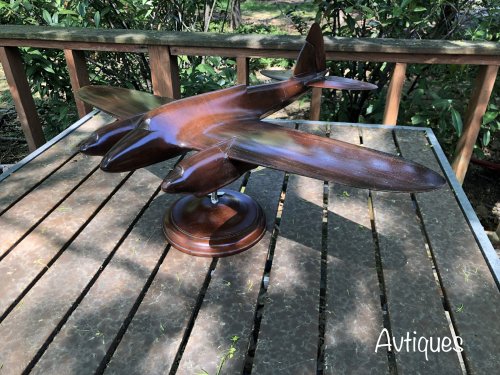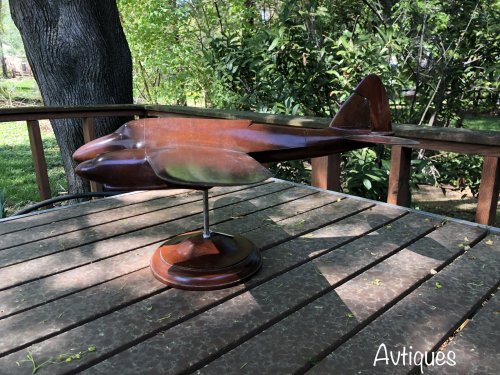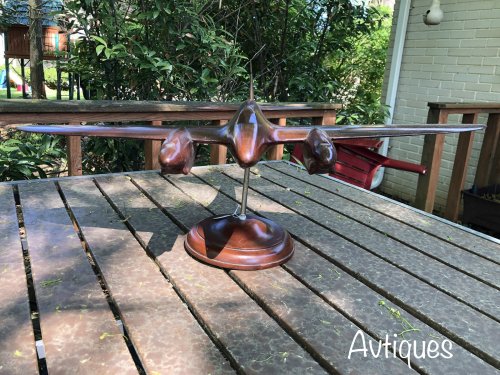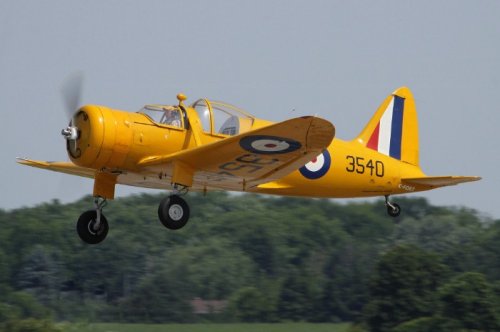I recently acquired this wind tunnel model. From previous models I have seen in person and had in my collection, it appears to be from NACA Langley. I believe it is an aircraft design from the mid to late ‘30s. The bottom of the base is marked 825. If anyone has any information on what model this is, it would be greatly appreciated. Once identified we can move it to the proper aircraft thread.
Thanks All!
David



Thanks All!
David





